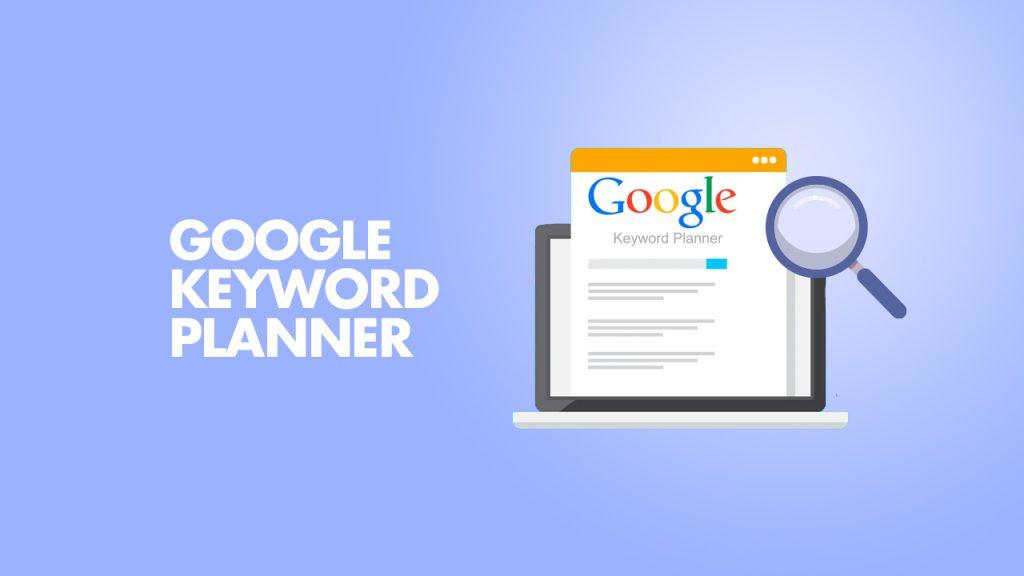As a blogger, you know how important it is to optimize your blog posts for search engines. After all, the higher your post ranks on Google, the more traffic you’ll get. But with so many factors to consider, SEO can seem like a daunting task. That’s why we’ve put together the ultimate blog post SEO checklist, to help you optimize your blog posts for maximum visibility and engagement.
Table of Contents
- Keyword Research
- Content Optimization
- Metadata Optimization
- Internal Linking
- Image Optimization
- User Experience
- Mobile Optimization
- Bonus Tips
- FAQs
Keyword Research
 Before you even start writing your blog post, you need to do keyword research to identify the most relevant and profitable keywords for your topic. Here’s how to do it:
Before you even start writing your blog post, you need to do keyword research to identify the most relevant and profitable keywords for your topic. Here’s how to do it:
- Use a keyword research tool like Google Keyword Planner or Ahrefs to identify the keywords your target audience is searching for.
- Focus on long-tail keywords that are specific to your topic, rather than broad, generic keywords.
- Analyze the search volume, competition, and CPC (cost per click) of each keyword to identify the most profitable opportunities.
- Use your target keyword in the title, meta description, and throughout your content (but avoid keyword stuffing).
Content Optimization
Once you’ve identified your target keyword, it’s time to optimize your content to ensure it’s relevant and engaging for your audience. Here are some tips:
- Write high-quality, informative content that answers your audience’s questions and provides value.
- Use your target keyword in the first paragraph and throughout your content, but avoid overusing it.
- Break up your content into short paragraphs and use subheadings to make it easier to read.
- Use bullet points numbered lists, and other formatting options to make your content more visually appealing.
- Include internal and external links to relevant, high-quality sources to improve the credibility of your content.
Metadata Optimization
Metadata is the information that appears on the search engine results page (SERP) and can impact whether or not users click on your post. Here’s how to optimize your metadata:
- Write a compelling title that includes your target keyword and entices users to click.
- Write a meta description that accurately summarizes your content and includes your target keyword.
- Use schema markup to provide additional information about your post, such as the author, date, and other relevant details.
Internal Linking
Internal linking refers to linking to other pages on your own website. Here’s why it’s important and how to do it:
- Internal linking improves the user experience by guiding users to other relevant content on your site.
- Internal linking helps search engines understand the structure and hierarchy of your website.
- Use descriptive anchor text that includes your target keyword to help search engines understand the relevance of your content.
Image Optimization
Images can make your content more engaging and visually appealing, but they can also slow down your website if they’re not optimized. Here’s how to optimize your images:
- Compress your images to reduce their file size and improve loading times.
- Use descriptive file names and alt tags that include your target keyword to help search engines understand the relevance of your images.
- Use responsive images that adjust to different screen sizes to improve the user experience.
User Experience
User experience (UX) refers to how easy it is for users to navigate and engage with your website. Here are some tips for improving UX:
- Use a clear, easy-to-read font and a color scheme that’s easy on the eyes.
- Use a responsive design that adjusts to different screen sizes.
- Use whitespace and other design elements to make your content easier to read and navigate. 4. Make sure your website loads quickly by optimizing images, minimizing code, and using a reliable hosting provider.
- Test your website on different devices and browsers to ensure it looks and functions properly for all users.
Mobile Optimization
 With more and more users accessing the internet on their mobile devices, it’s essential to optimize your website for mobile. Here’s how to do it:
With more and more users accessing the internet on their mobile devices, it’s essential to optimize your website for mobile. Here’s how to do it:
- Use a responsive design that adjusts to different screen sizes.
- Use a mobile-friendly font and color scheme.
- Ensure your website loads quickly on mobile devices.
- Use large, easy-to-click buttons and menus that are optimized for touchscreens.
- Avoid using pop-ups and other features that can be difficult to use on mobile devices.
Bonus Tips
Here are some additional tips to help you optimize your blog post for SEO:
- Use social media to promote your blog post and encourage sharing.
- Use Google Analytics and other tools to track your website traffic and monitor your SEO performance.
- Update your old blog posts with new information and links to keep your content fresh and relevant.
- Use guest blogging and other tactics to build backlinks to your website and improve your search engine ranking.
- Monitor your competitors’ SEO strategies and adjust your own accordingly.
FAQs
Q: What is SEO? A: SEO stands for search engine optimization, which refers to the process of optimizing your website and content to improve your ranking on search engine results pages (SERPs).
Q: Why is SEO important for bloggers? A: SEO is important for bloggers because it helps them attract more traffic to their website, improve their visibility on search engines, and establish themselves as an authority in their niche.
Q: What is keyword research? A: Keyword research is the process of identifying the most relevant and profitable keywords for your topic, based on factors like search volume, competition, and CPC.
Q: How often should I update my old blog posts? A: There’s no set rule for how often you should update your old blog posts, but it’s a good practice to revisit them periodically and update them with new information and links to keep them fresh and relevant.
Conclusion
Optimizing your blog posts for SEO can seem overwhelming, but by following our ultimate blog post SEO checklist, you’ll be able to improve your visibility, attract more traffic, and establish yourself as an authority in your niche. Remember to focus on keyword research, content optimization, metadata optimization, internal linking, image optimization, user experience, mobile optimization, and bonus tips, and you’ll be well on your way to success.
 Sale Success Make More Money Online
Sale Success Make More Money Online